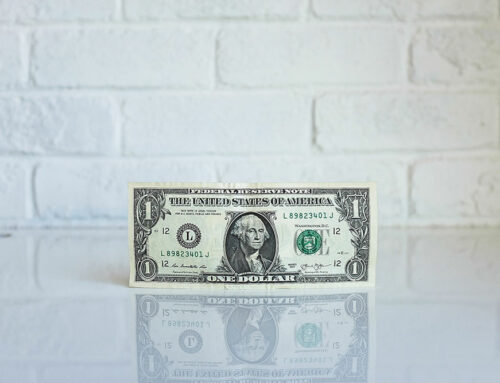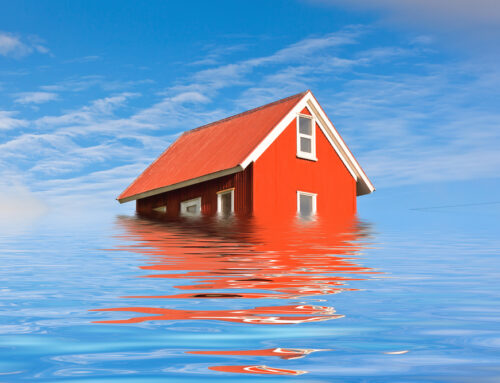Are you ready to say goodbye to fluorescent, halogen, and anything that isn’t LED lighting!
LED’s have completely transformed the conventional lighting marketplace for a number of reasons – most notably their extended lifespans, reduced energy consumption and lower maintenance requirements.
The purchase price of lamps and fixtures continues to fall, and more and more facility managers are looking to upgrade their lighting systems with LEDs. Mainly because of the many benefits LED brings compared to traditional technologies.
Keep reading to learn seven advantages of switching to LED lighting!
1 | Energy efficiency
Did you know that LED lights use about 50 percent less electricity than traditional incandescent, fluorescent and halogen options? This results in substantial energy cost savings, especially for spaces with lights that are on for extended periods.
LED’s also aim light in a specific direction unlike conventional bulbs, which emit light—and heat—in all directions. This directional lighting capability reduces wasted light and energy.
2 | Extended life
Unlike incandescent lighting, LEDs don’t “burn out” or fail, they merely dim over time. Quality LEDs have an expected lifespan of 30,000–50,000 hours or even longer, depending on the quality of the lamp or fixture.
A typical incandescent bulb lasts only about 1,000 hours; a comparable compact fluorescent lasts 8,000 to 10,000 hours. With a longer operational life, LED’s can reduce labor costs of replacing bulbs in commercial situations, achieving a lower maintenance lighting system.
3 | Cold temperature operation
LEDs love the cold, unlike fluorescent lamps.
At low temperatures, higher voltage is required to start fluorescent lamps, and luminous flux (the perceived power or intensity of light) is decreased. In contrast, LED performance increases as operating temperatures drop. This makes LED’s a natural fit for refrigerated display cases, freezers and cold storage spaces in addition to outdoor applications such as the parking lot, building perimeter, and signage.
DOE testing of an LED refrigerated case light measured 5 percent higher efficacy (the efficiency of a light source in lumens per-watt, like miles-per-gallon) at -5°C, compared to operation at 25°C.
4 | Durability
Without filaments or glass enclosures, LEDs are breakage resistant and largely immune to vibrations and other impacts. Traditional lighting is usually contained in a glass or quartz exterior, which can be susceptible to damage.
LED’s, on the other hand, tend not to use any glass. Instead they are mounted on a circuit board and connected with soldered leads that can be vulnerable to direct impact, but no more so than mobile phones and similar small electronic devices.
5 | Instant on
Most fluorescent and HID lamps do not provide full brightness the moment they’re switched on, with many requiring three minutes or more to reach maximum light output. LEDs come on at 100-percent brightness almost instantly however, and with no re-strike delay. This can be advantageous following a power outage or anytime employees open a building during early morning hours when it is still dark outside.
6 | Rapid cycling
Traditional light sources tend to have a shorter lifespan the more they’re switched on and off, whereas LEDs are unaffected by rapid cycling. In addition to flashing light displays, this capability makes LEDs well suited for use with occupancy or daylight sensors.
7 | Controlability
It can take more than a few dollars to make commercial fluorescent lighting systems dimmable, but LEDs, as semiconductor devices, are inherently compatible with controls. Some LEDs can even be dimmed to 10 percent of light output while most fluorescent lights only reach about 30 percent of full brightness. LEDs also offer continuous, opposed to step-level, dimming (where the shift from 100-to-10-percent light output is smooth and seamless, not tiered).
Today, light can do so much more than brighten our path. It can lighten our impact on the environment, make our surroundings more secure or boost comfort and productivity of any indoor space. Pairing LED lighting with intelligent sensors and controls can help build smarter, more sustainable solutions.











